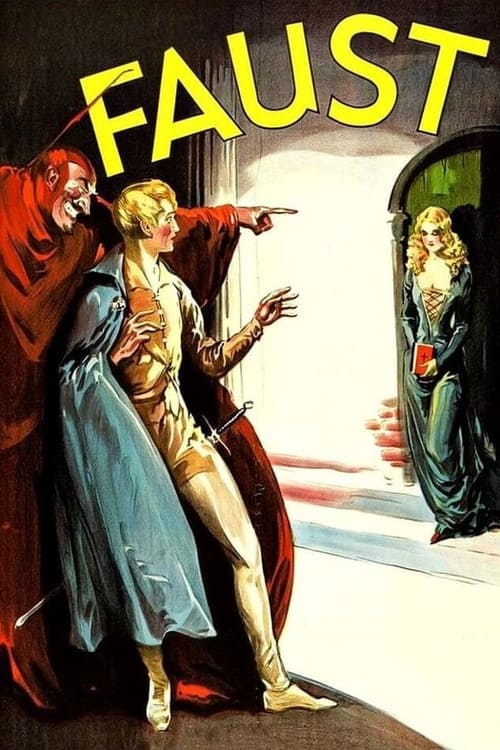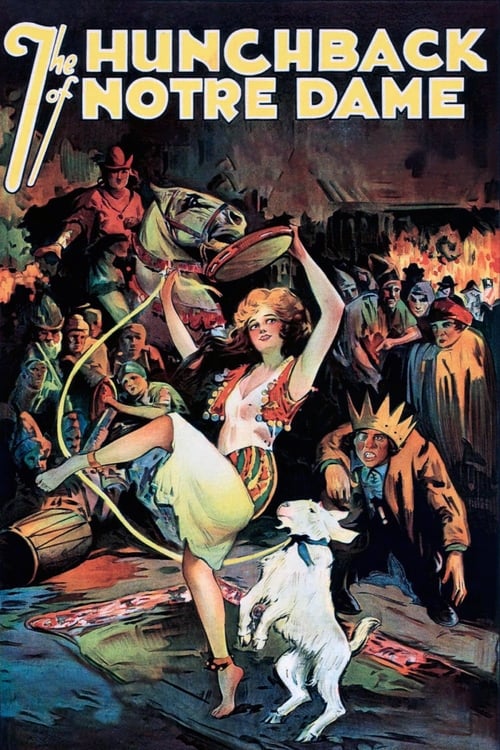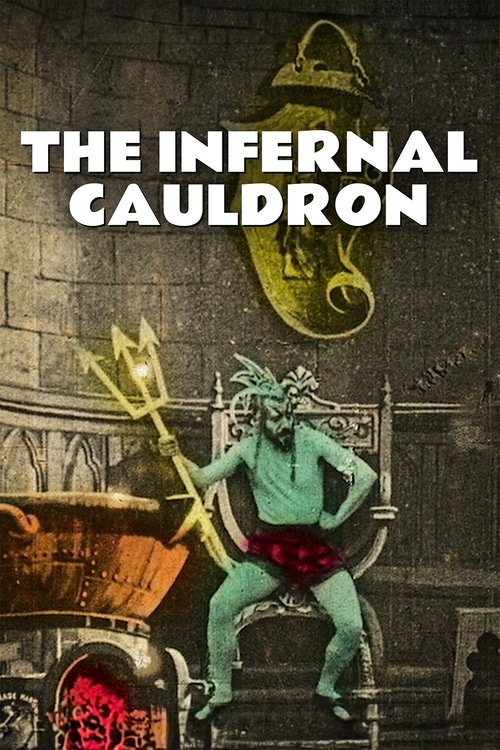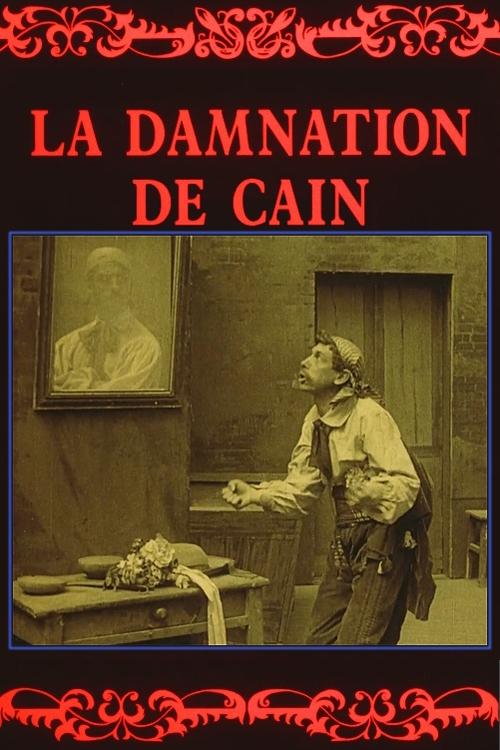The Portrait
A man is increasingly unnerved by a mysterious portrait. Based on a story by Nikolai Gogol, the film is thought to have run about 45 minutes long, but only an 8 minute fragment is known to have survived.
Cast

Andrey Gromov
as Painter Chartkov

Ivan Lazarev
as The pawnbroker

R. Krechetov
as Nikolay Gogol

V. Vasilyev
as











